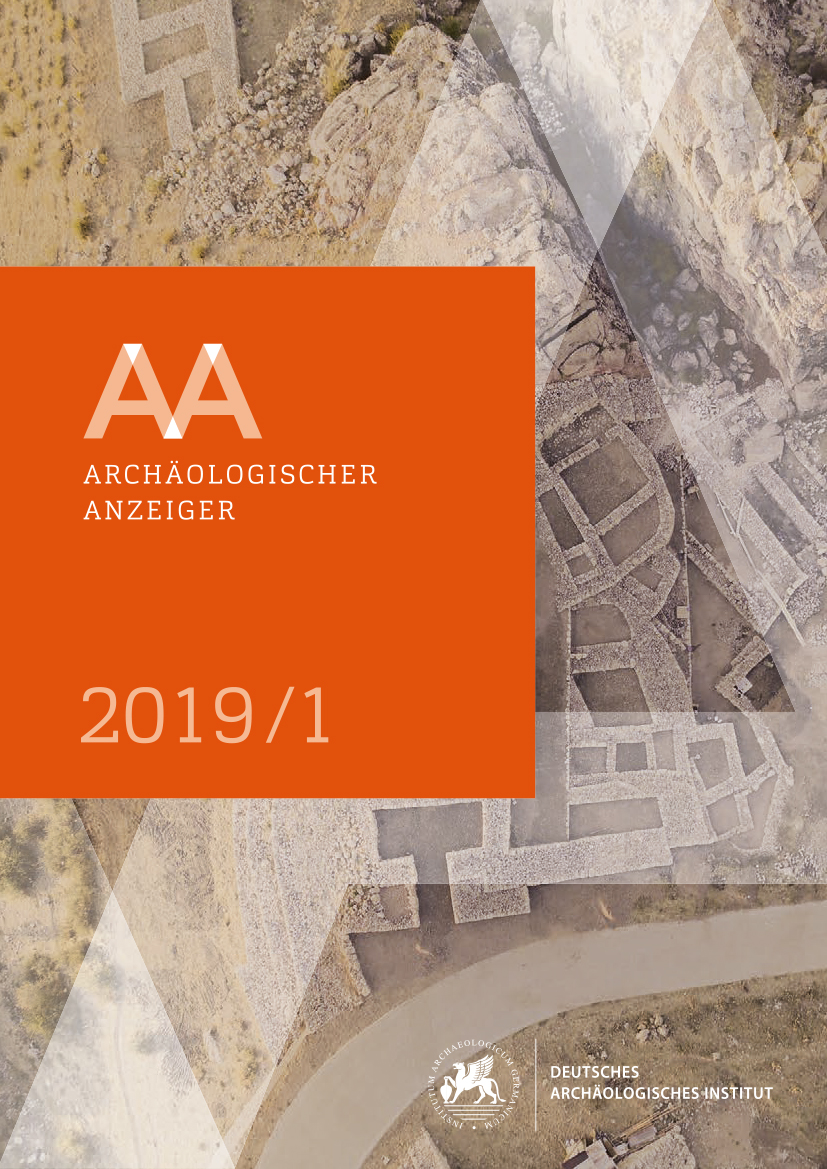The Excavations at Boğazköy-Ḫattuša in 2018
https://doi.org/10.34780/1vvt-j762
Abstract
The evidence of a kārum-period storage building probably connected to the royal administration and the final uncovering of a Hittite monumental building in the northern Lower Town convey a new impression of the structural layout and economic structure of the city during the first half of the 2nd millennium B.C. In the north of the city and west of Mıhraplıkaya, the excavations have provided a more detailed picture of the Roman settlement. The evidence of a large-scale villa-, garden- and pond-complex unknown in this form in Anatolia so far shows how strongly Roman culture influenced Galatia and shaped the region for at least 150 to 200 years.
Research on the geology of the region shows that Ḫattuša was located in a seismically active area. Traces of ancient earthquakes can be found in the Hittite monumental buildings, even if they cannot be dated at the present time. Another project indicates that the surfaces of the rocks in Yazılıkaya were probably worked on in a further step after being hewn. Southeast of Kesikkaya, the excavation area has been almost completely reconstructed and reveals the architectural development in several building layers from the Hittite period to the Galatian epoch. At the same time, work on the Lion Basin was completed.
Keywords:
Ḫattuša, Lower City, kārum-period, Lion Basin, Roman imperial period, earthquake, Yazılıkaya





